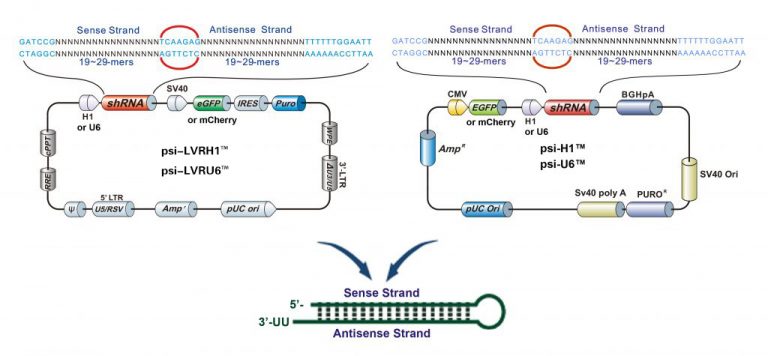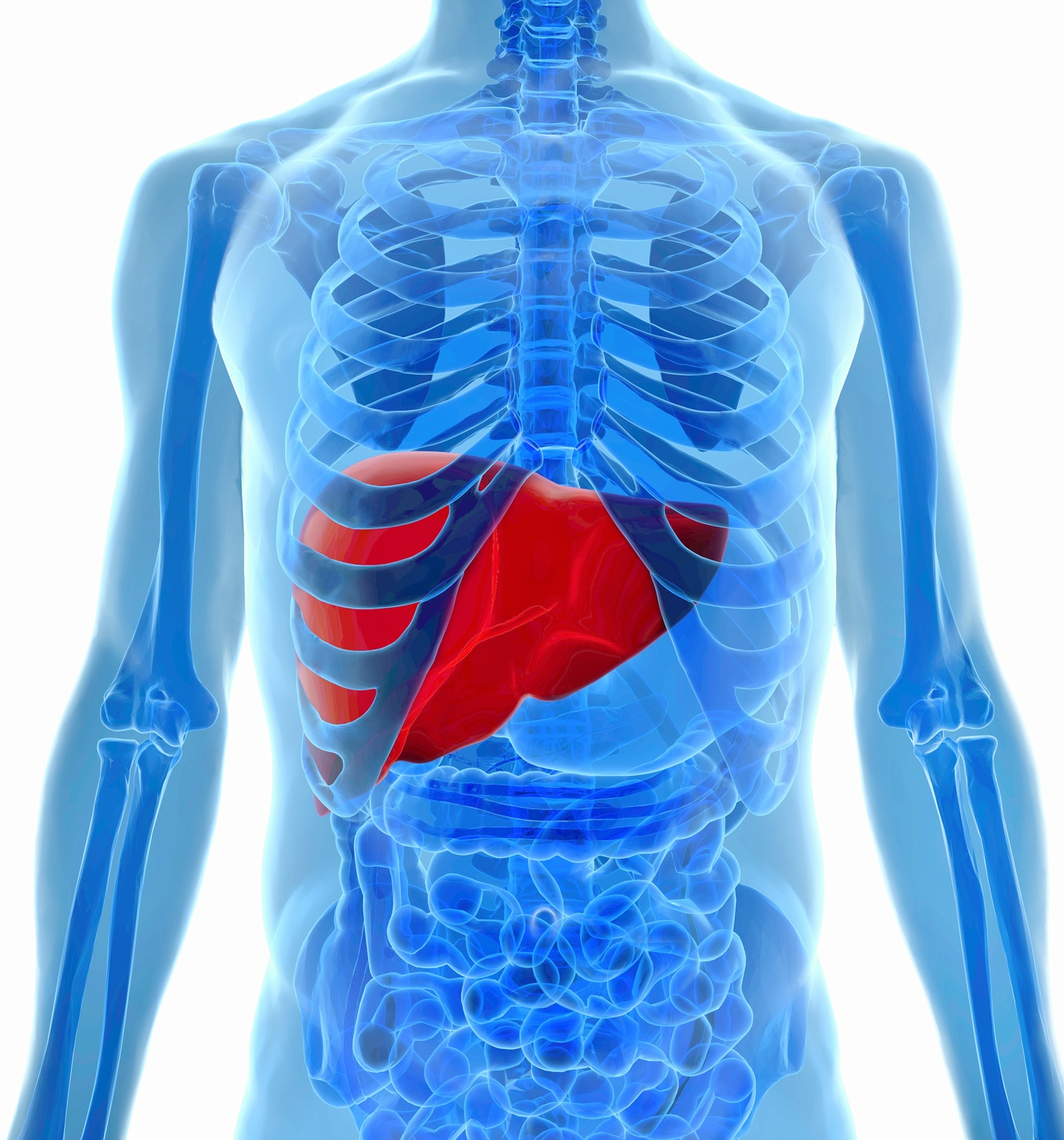The 1st generation of cell therapies uses DNA-based vectors including plasmids and lentivirus, and has demonstrated its efficiency. However, it also raises some questions regarding biosafety, cost, and compatibility with high throughput production. Now, the messenger RNA approach can avoid the genome integration, is safer and can ensure low immune response. So, why not use mRNA for cell therapies?
CAR-T cells are pioneers in mRNA-based cell therapies
Chimeric antigen receptor (CAR) T cells have paved the way for cell therapies. T cells have the natural ability to target a cell and kill it and can be used to treat blood cancers such as acute lymphoblastic leukemia (ALL). The initial principle is to take T cells from the patient, generally from PBMC, transfect them with a construction expressing a chimeric antigen receptor and then inject them back into the same patient. Thus, the cytotoxic mechanism of the T cells is directed to the tumour cells that express the corresponding antigen recognised specifically by the designed TCR. For example, CD19 is one of the malignancy targets expressed at the surface of the cancer cells. Unfortunately, autologous CAR-T cells raise several limitations:
 3 months of preparation, that can be too long for the patient
3 months of preparation, that can be too long for the patient- laborious and expensive process
- patient’s T cells may not be healthy enough, leading to failures
Therefore, T cells from donors would be a solution. Indeed, the so-called allogeneic CAR T cells allow:
- Immediate availability to increase the success of the treatment
- Industrialisation to reduce the cost
- Standardisation to limit risk of failure and adjustments
- Combination of CAR-T cells fine-tuning the treatment
The remaining issue is the mutual rejection between the host and the donor T cells that makes the treatment inefficient and can even cause other disorders. The allogeneic rejection is induced by the interaction of the T cell receptor (TCR) with the MHC (HLA in human). There many strategies including the selection of compatible donors. In 2017, Eyquem et al 1 successfully used a very smart approach to treat the ALL. Using the CRISPR-Cas9 system they invalidated the TCR alpha (targeting the site TRAC) and inserted the CD19 CAR in the same site. Thus, they effectively stopped the allogenic rejection and the CD19 CAR expression was under the control the endogenous promoter of the TCR alpha to avoid over-expression. Furthermore, they used Cas9 mRNA and sgRNA from TriLink Biotechnologies without the vector to reduce the risk of non-specific insertion in the genome. Still, insertion of CD19 at the TRAC site requires a DNA donor template and they used AAV. I wonder if adenovirus can replace the AAV since it cannot integrate the genome. If so, CAR T cells will be a safer cell therapy in terms of genome integrity. More recently, Webber et al 2 used Cas9 based editors (BE3, BE4) to perform multiplex gene knock out leading to allogeneic CAR-T cells. They chose TriLink Biotechnologies to produce their customised mRNA using the CleanCap technology.
You might also be interested :
NK cells based therapies are coming too
Another type of lymphocyte with cytotoxic response and which does not naturally contain TCR-α are the natural killer cells (NK cells). They have also the advantage of not requiring activation. Their killing action is autonomous, which reduces the need of gene engineering. Currently, some modified NK cell therapies show high efficiency and versatility against tumours, and they are also considered safer than CAR-T.  However, NK cells remain modified with DNA-based vectors. The expression of the synthetic protein to specifically catch the cancer cell is ensured with a construction with genome integration and permanent expression. The risk is the engineered NK cells evolve into cancer cells or become overactive even after the eradication of the tumour. This is why I think it is worthwhile to switch the R&D strategy to mRNA-based NK cell modification. With the progress of the mRNA delivery, notably using LNP, the limitation of the mRNA would be the time of expression to produce the protein into the NK cells. Fortunately, CleanCap mRNA can express high levels of protein within 7 to 10 days. Another alternative is self-amplified RNA (saRNA), although the expression level is 10 times less, it can last for at least a month. Thus, there are some interesting possibilities to use mRNA to go further and safer.
However, NK cells remain modified with DNA-based vectors. The expression of the synthetic protein to specifically catch the cancer cell is ensured with a construction with genome integration and permanent expression. The risk is the engineered NK cells evolve into cancer cells or become overactive even after the eradication of the tumour. This is why I think it is worthwhile to switch the R&D strategy to mRNA-based NK cell modification. With the progress of the mRNA delivery, notably using LNP, the limitation of the mRNA would be the time of expression to produce the protein into the NK cells. Fortunately, CleanCap mRNA can express high levels of protein within 7 to 10 days. Another alternative is self-amplified RNA (saRNA), although the expression level is 10 times less, it can last for at least a month. Thus, there are some interesting possibilities to use mRNA to go further and safer.
You might also be interested in…
- CleanCap mRNA
- mRNA capping reagent : CleanCap AG / CleanCap AU
APC therapy is a brillant idea
The vaccination principle using mRNA today, is to encapsulate a mRNA coding for the antigen in LNP, and it is injected into the skin containing a large number of antigen presenting cells. LNP and mRNA have adjuvant capacities that can trigger undesired effects. Let’s imagine the cell therapy strategy. Dendritic cells would be transfected with the mRNA in vitro and delivered into lymph node. LNP would not be in the body any more and the mRNA can be modified to reduce its effect on the immune cell response. That would be passive immunisation, and should be efficient with reduced side effects. Furthermore, using CleanCap Cas9 mRNA could help you to establish a bank of ready-to-use allogeneic dendritic cells.
You might also be interested in..
Regenerative medicine might follow soon
There are more than 1000 clinical trials in the domain of regeneration medicine, but they have not yet involved mRNA-based cell therapies. Sendaï Virus is one of the most used IPSC production methods, but in 2010, Warren et al3 used mRNA strategy to produce IPSC from fibroblasts. Today, with the development of mRNA technology, more stable CleanCap mRNAs exist, which means the mRNA based IPSCs have higher biological safety without the risk of genome integration. Furthermore, thanks to CleanCap CAS9 mRNA, we can establish banks of allogeneic IPSC to provide healthy cardiomyocytes immediately for the patient. mRNA strategy also allows correction of genetic disease thanks to the genome editing, with base editors notably. Therefore, it is conceivable that taking out the patient’s stem cells, correcting them safely, and then transplanting them should happen very soon. Besides, we can diverge our thinking to all diseases involving a specific cell type and a genetic cause. Why not go further and induce tissue regeneration in the damaged area, such as cartilage in knee or cardiac vascular4 … Knowing that such type of research can be supported by high-level innovation products such as hydrogels and scaffolds.
You might also be interested in…
What’s your opinion on mRNA for cell therapies? Only a couple of years ago, talking about cell therapies was futurist. The improvements of synthetic mRNA encoding for the wished function, allow us to believe mRNA for cell therapies in R&D is more and more present, even if still new for many people. Tebubio can assist you in expanding the possibilities of applying mRNAs in your research projects.
References
- Eyquem, J., Mansilla-Soto, J., Giavridis, T. et al.Targeting a CAR to the TRAClocus with CRISPR/Cas9 enhances tumour rejection. Nature 543, 113–117 (2017).
- Webber, B.R., Lonetree, Cl., Kluesner, M.G. et al.Highly efficient multiplex human T cell engineering without double-strand breaks using Cas9 base editors. Nat Commun10, 5222 (2019). https://doi.org/10.1038/s41467-019-13007-6
- Luigi Warren, Philip D. Manos, Tim Ahfeldt, et al.Highly Efficient Reprogramming to Pluripotency and Directed Differentiation of Human Cells with Synthetic Modified mRNA, Cell Stem Cell. Cell Stem Cell, Volume 7, Issue 5 (2010). https://doi.org/10.1016/j.stem.2010.08.012
- Li, Mingyuan et al. “The nano delivery systems and applications of mRNA.” European journal of medicinal chemistry vol. 227 (2022): 113910. doi:10.1016/j.ejmech.2021.113910



